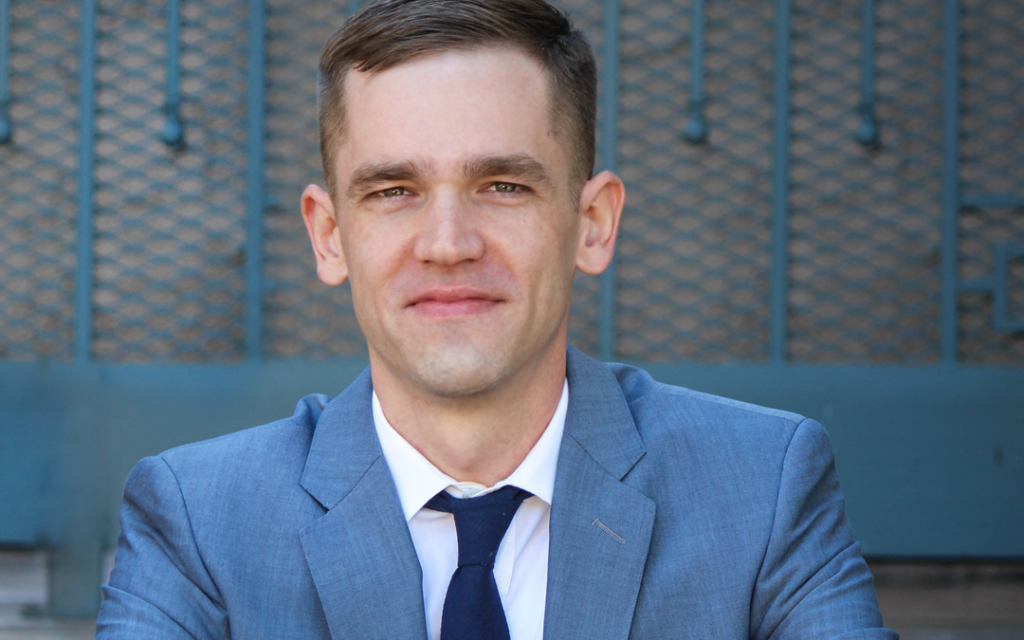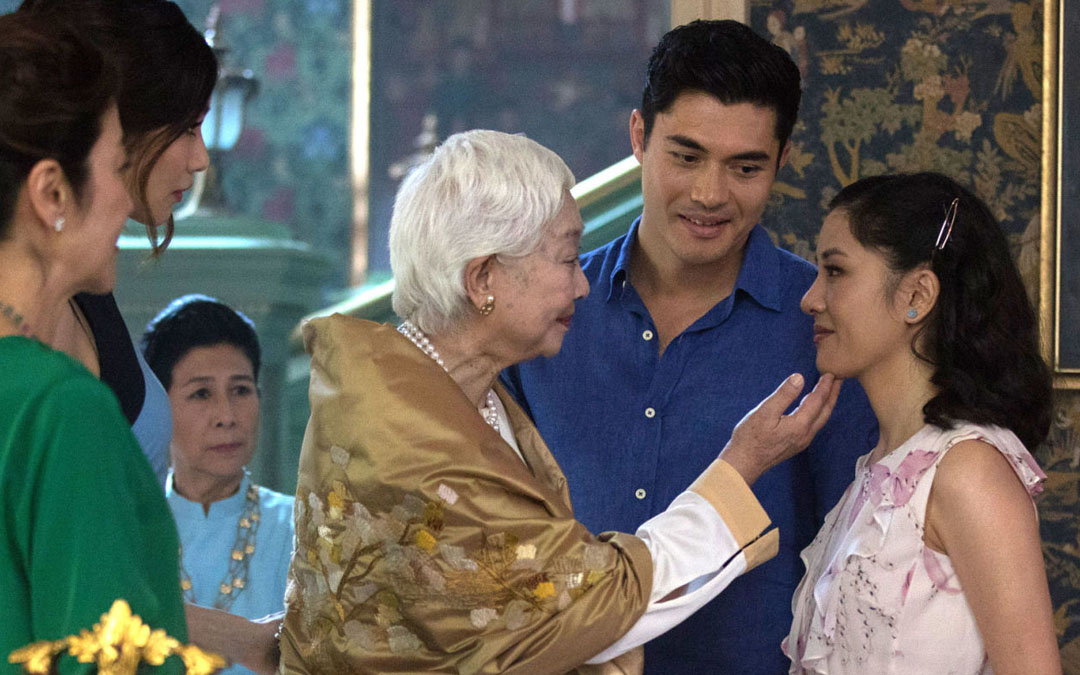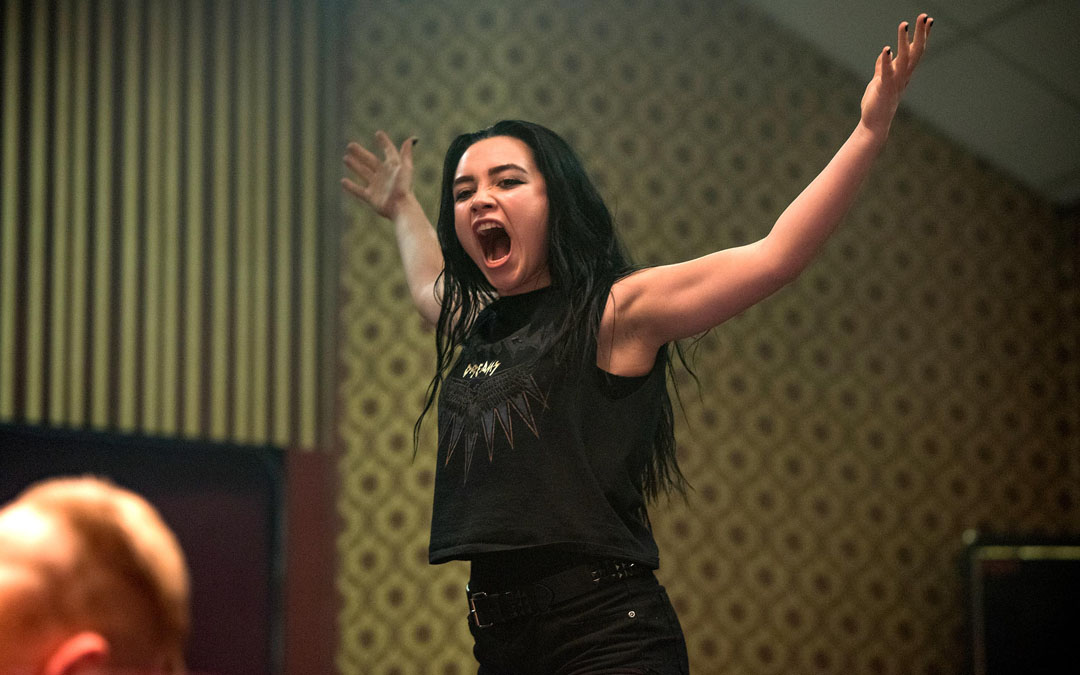All the Write Moves: 'Fighting with My Family
March 11, 2019
The comedy-drama Fighting with My Family, about the life of a wrestling star who performed under the name “Paige” before retiring last year, might seem like it’s only for diehard WWE fans. But like most of the best sports movies, Fighting with My Family isn’t actually about sports. It’s about endearing and relatable people who happen to be professional athletes.
Florence Pugh stars as Saraya Jade Bevis, who came up through regional wresting in her native Norwich, England before achieving international fame as a two-time Divas Champion in the WWE. Written and directed by Stephen Merchant, Fighting with My Family explores Saraya’s colorful upbringing in a clan that’s mad for wrestling. Her parents transitioned from their own fighting careers to management, and both of her brothers pursued WWE glory.
The heart of the picture however is the relationship between Saraya and her brother Zak (played by Jack Lowden). They audition for the WWE together, so when she gets into a training program and he doesn’t, their close bond gets tested. With a little help from beloved former WWE personality Dwayne “The Rock” Johnson, who plays a small role as himself and co-produced the movie, Merchant uses Saraya’s adventures to explore how family identity and individual identity intersect.
A Paige From the Past
The film’s opening sequence concludes with a triumphant shot of 10-year-old Saraya delivering a blow to an opponent in the ring. Right in the middle of this action, the picture cuts to 18-year-old Saraya completing an identical move during another fight. In film-editing terms, this is called a match cut when two scenes are tethered by imagery that looks the same on either side of the cut.
In storytelling terms, however, this transition accomplishes something more than a slick link. The edit implies the notion that 10-year-old Saraya followed a straight line to become 18-year-old Saraya: her high off scoring in the ring when she was a child lasted for eight years, setting the stage for her WWE audition.
Movie storytelling is all about removing superfluous material, so what Merchant excluded with this cut is as relevant as what he left intact. We don’t need to see Saraya go through puberty, because it doesn’t matter to the story. We don’t need to see whatever economic woes the family experienced in the intervening period, because they were living on the edge before the cut and they’re living on the edge after it. We also don’t need to see any friction that might naturally have occurred between Saraya and Zak during the unseen eight years, because for the story to work, we need to believe that they’re as tight as tight can be at the time of their mutual WWE audition.
This transition works because of what it connects, figuratively and literally. We spend enough time with 10-year-old Saraya to get a sense of her personality, so when we see 18-year-old Saraya doing something her younger self did, we naturally assume that the personality traits of her youth have become ingrained. We see the Saraya of the past whenever we see the Saraya of the present.
Takeaway: A glimpse into an adult character’s childhood can be revelatory.
Fake But Not False
Seeing as how the WWE is one of the production companies behind this picture, it’s interesting to note a parallel between the artificiality of WWE matches and the artificiality of the way the WWE is presented in Fighting with My Family. According to this movie, the WWE is a wonderland of fair play, honesty, integrity and various other wholesome values. For some filmmakers, the requirement to portray a major story element in a one-dimensional fashion would be crippling, but Merchant sidesteps this unusual challenge in a clever way.
The WWE is omnipresent throughout Fighting with My Family, but it’s also something of an abstraction. It is the community that Saraya and Zak want to enter, and it is the place where Saraya works. But it is not, despite all appearances to the contrary, the actual focus of the story. It is the backdrop. And it turns out that a movie can survive a one-dimensional backdrop if it has three-dimensional characters, which is largely true of Fighting with My Family.
At various points in the movie, WWE representatives argue that even though wrestling entertainment is scripted, calling the format “fake” goes too far. After all, these advocates suggest, matches contain real athleticism and, at times, genuine commitment. For example, Saraya doesn’t want to “win” her big match, since the outcome is preordained, but she badly wants to do well in the sense of selling the desired illusion to the audience. Does Fighting with My Family paint a full and accurate portrait the WWE? Probably not. But does it put across an enjoyable story with something that closely resembles human emotions, which is just what fans say the WWE does? Absolutely.
Takeaway: Nearly any story can be engaging if told sincerely.
My Problems Are Your Problems
The more time Saraya spends pursuing glory in the WWE, the more embittered Zak becomes. He pathetically re-submits audition materials to the WWE, only to get rejected again, and he withdraws from his work teaching wrestling to at-risk kids. Yet when Zak reaches his lowest point, Saraya sets him straight.
“Just because millions of people aren’t cheering when you do it,” Saraya says about Zak’s work with at-risk kids, “doesn’t mean it’s not important.” A skeptical viewer might find this line disingenuous given the context—a movie about how great it is to have millions of people cheering for you—but it works. Merchant’s storytelling throughout Fighting with My Family is so earnest and gentle that Saraya’s admonition to her anguished brother comes across believably. Why? It’s all about the way the line is set up by prior events.
During most of Act Two, Saraya feels just as lost as Zak, only for the opposite reason. Disconnected from her family—the people whose companionship gave wrestling emotional significance—Saraya loses her sense of why she started fighting in the first place. Conversely, Zak is so blinded by his desire to fight professionally that he can’t accept defeat. She is tormented by too much truth, and he is tormented by too much reality.
The powerful screenwriting technique at work here is transference. In Act Two, Zak’s strength, the ability to focus single-mindedly on career advancement, becomes Saraya’s weakness. The reverse also happens. Saraya’s strength, the ability to transform hope into energy, becomes Zak’s weakness. Only when this imbalance gets repaired can either character be happy.
Therefore, within the larger thematic structure of Fighting with My Family, Saraya’s line about millions of people cheering isn’t really about millions of people cheering. It’s about drawing strength from belief in yourself.
Takeaway: Transference is a potent means of binding plot to theme.
Written by: Peter Hanson
Peter Hanson is a Los Angeles-based writer, filmmaker and teacher. He directed the screenwriting documentary Tales from the Script, and he teaches at Pepperdine University and UCLA Extension. He provides script consulting at www.GrandRiverFilms.com.



